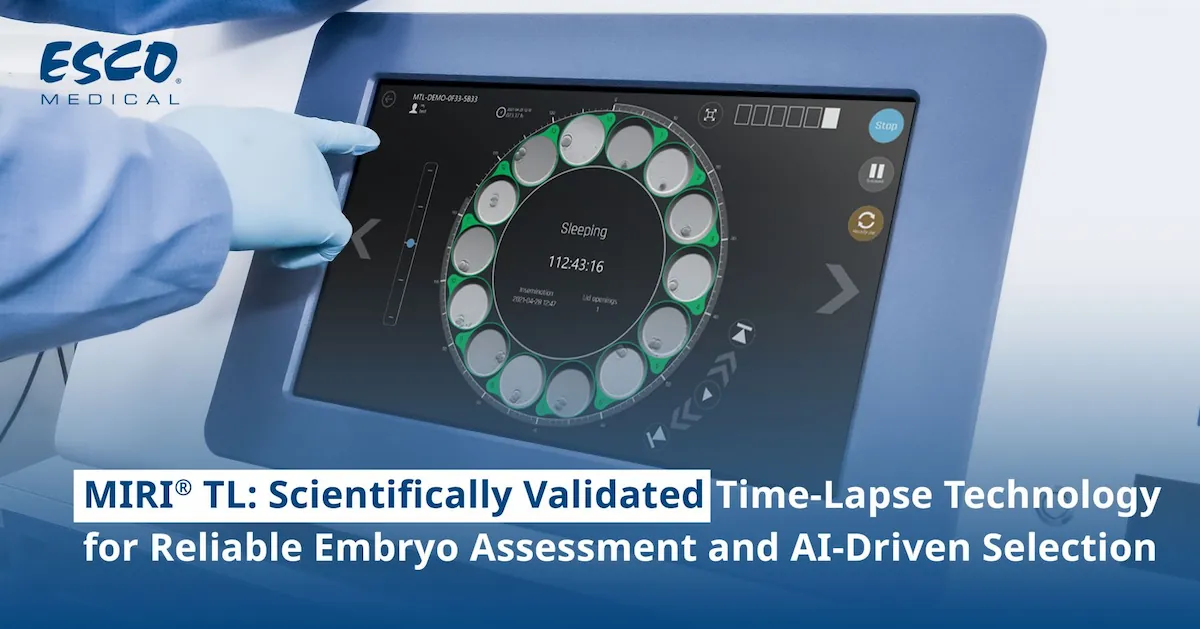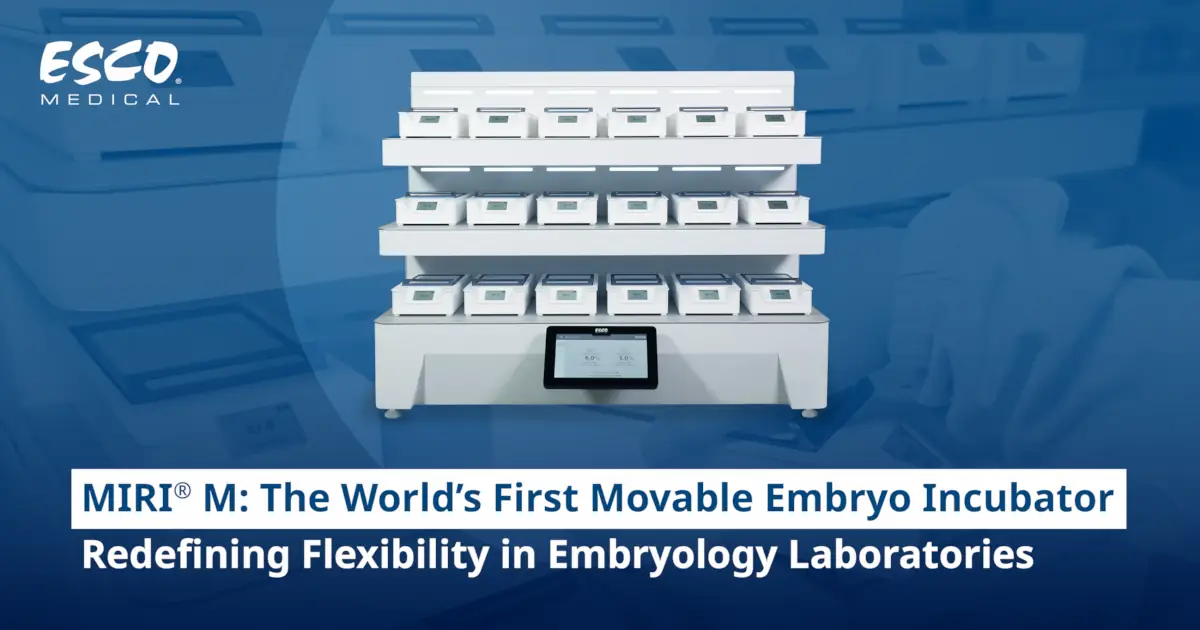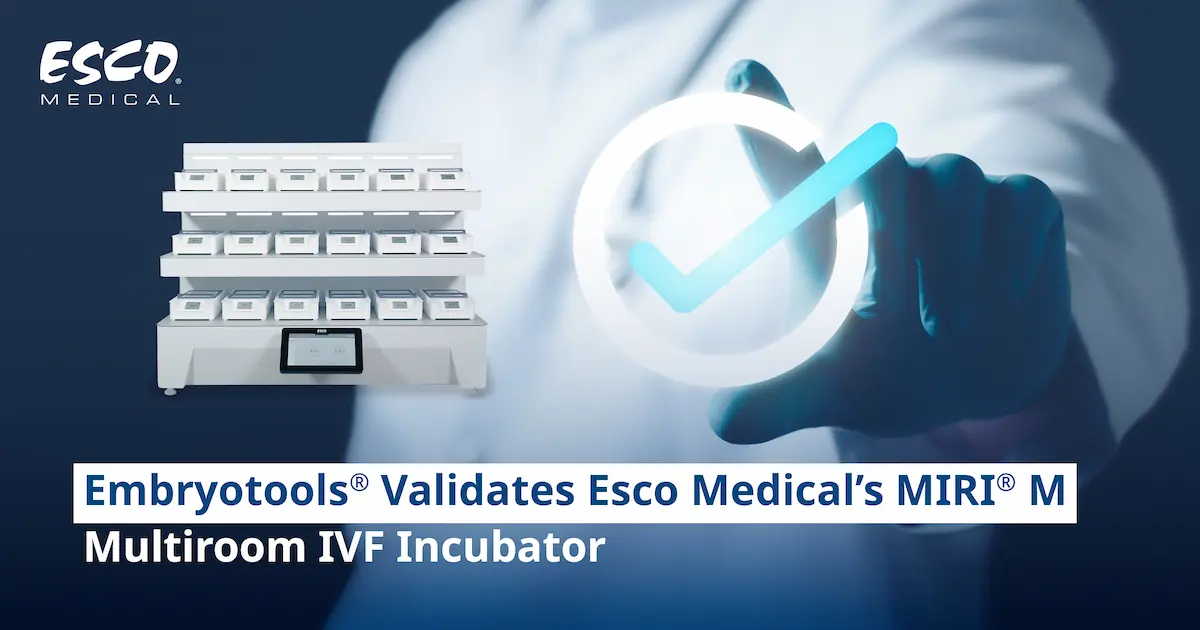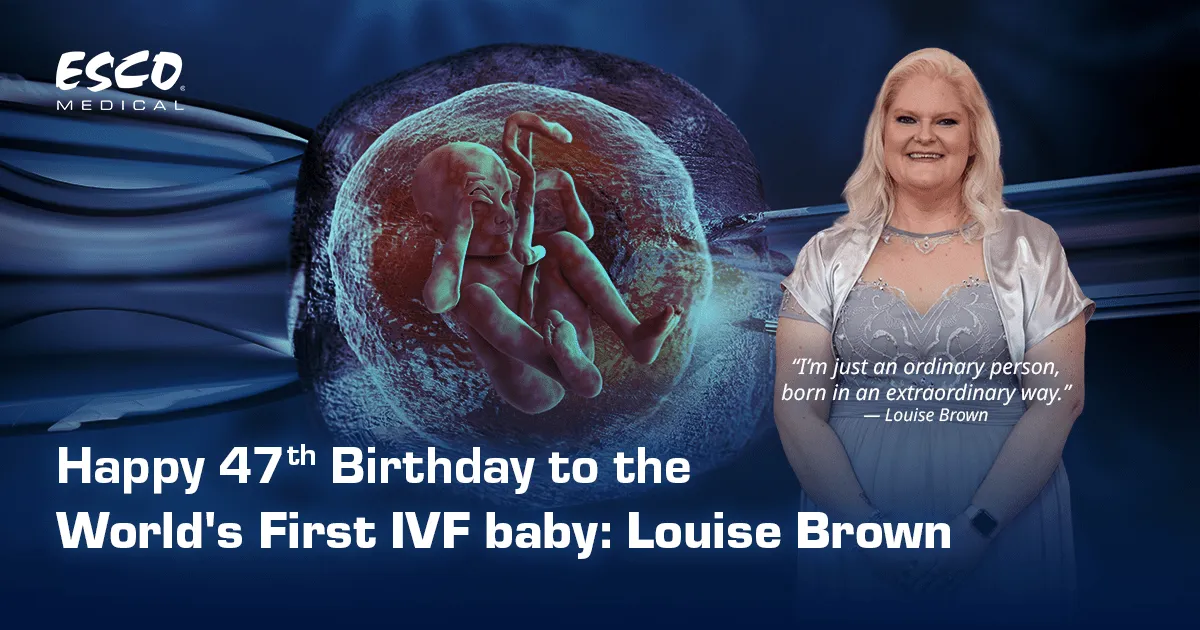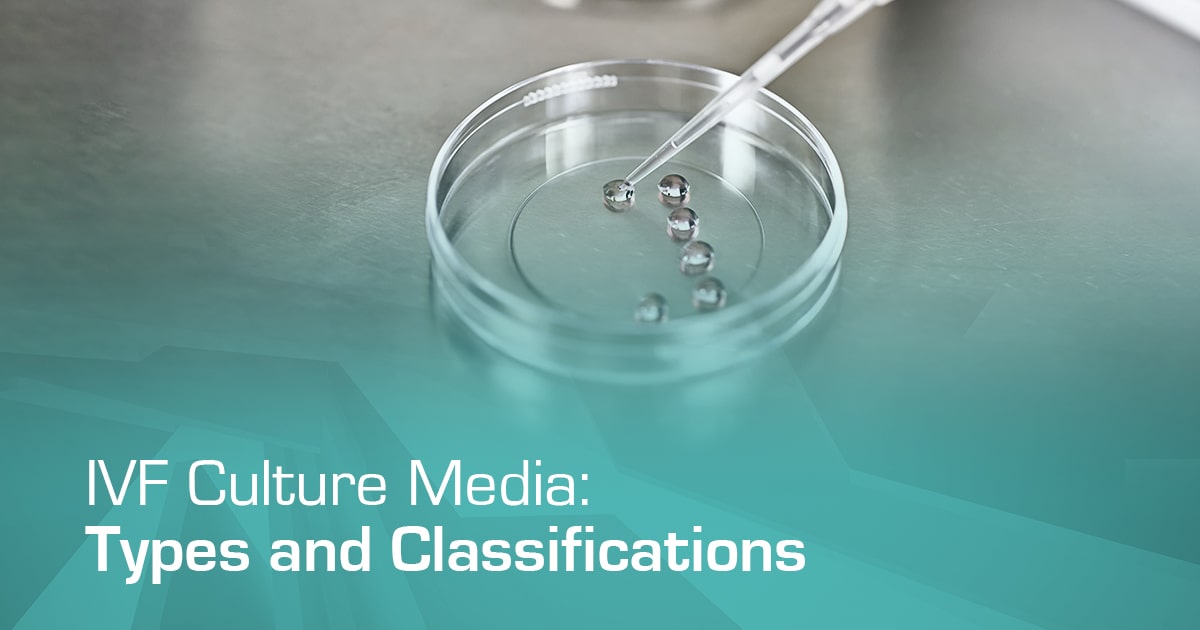
What is IVF Culture Media?
IVF (In vitro fertilization) is a prevalent assisted reproductive technology (ART) used by couples worldwide to overcome their problems with infertility after one year or trying but still failing to conceive. IVF culture media play a crucial role in this process. These media combined with the temperature and
gas concentration from incubators provide an optimal environment for the fertilization of the egg and the development of the embryo outside of the body. In this article, we will discuss the importance of IVF culture media in the IVF process, the types of culture media available, and the role they play in successful IVF outcomes that result in pregnancy.
The Importance of IVF Culture Media
In the process of IVF, culture media are used to provide the ideal environment for the growth and development of the embryos. These media along with supplemented temperature and gas concentrations mimic the conditions of the female reproductive tract to support fertilization and embryo development. IVF culture media are able to provide the necessary nutrients, energy sources, and pH levels to support the growth of embryos.
The culture media used in IVF play a crucial role in determining the success of the IVF cycle. The media should be able to maintain the viability of the embryos while also promoting their growth and development. Additionally, the media should be able to maintain the genetic integrity of the embryos, as any damage to the genetic material can lead to developmental abnormalities or even miscarriage.
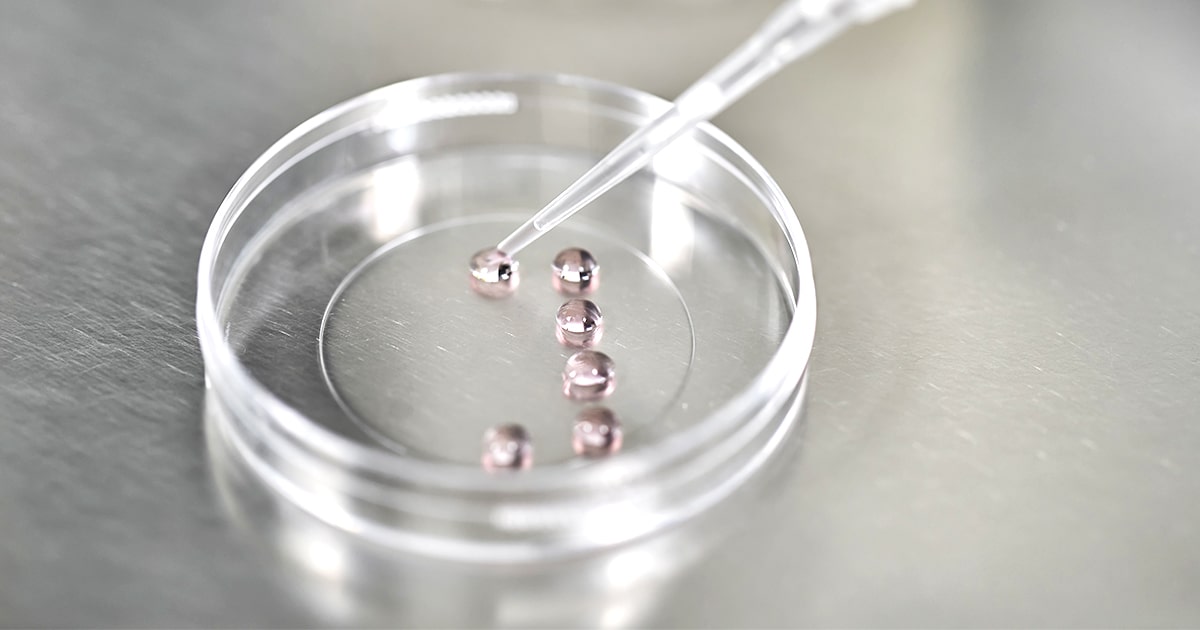
Types of IVF Culture Media
There are two types of culture media used in IVF: sequential and single-step culture media.
Sequential Culture Media: Sequential media involve the use of two or more media to support the growth and development of embryos. The sequence of media change is designed to mimic the changes in the female reproductive tract during the different stages of embryo development. The sequential media are used in a stepwise manner, with the embryos being cultured in one media for a few days before being transferred to the next media.
Single-Step Culture Media: Single-step media are designed to support embryo growth and development throughout the entire IVF process without having the need to transfer the embryo to another media. These media are formulated to provide all the necessary nutrients and growth factors required for embryo development from fertilization up to before embryo transfer. This type of culture media is commonly paired with time-lapse incubators like Esco Medical’s MIRI® Time-Lapse incubator.
Other Media used in IVF
Polyvinylpyrrolidone (PVP)
Intracytoplasmic sperm injection (ICSI) is a widely used technique in assisted reproductive technology (ART) to treat male infertility. In ICSI, a single sperm is selected by the embryologist and is directly injected into the cytoplasm of an egg to facilitate fertilization. In some clinics, one important component of ICSI procedures is the use of polyvinylpyrrolidone (PVP), a synthetic polymer that has been used as a sperm immobilizing agent and a medium for sperm selection and injection. This is usually done when training junior embryologists for easier sperm immobilization. Many clinics continue to use PVP in ICSI procedures due to its widespread availability and established safety record. However, some clinics have begun to explore alternative methods for sperm selection and immobilization, such as the use of hyaluronan or picoliter droplets. These methods have been shown to be effective in reducing the risk of PVP exposure, while also improving the efficiency of ICSI procedures.
Hyarulonic Acid (HA)
Hyaluronic acid (HA) is a naturally occurring polysaccharide molecule that has gained increasing attention in the field of in vitro fertilization (IVF). HA plays a critical role in the development and maturation of the female reproductive tract, including the uterus and the ovary. It also plays a key role in the formation and development of the embryo and the implantation process.
In IVF, HA has been used in a variety of ways to improve the chances of a successful pregnancy. One of the most common uses of HA in IVF is as a component of the culture medium used to grow embryos in the laboratory. The addition of HA to the culture medium has been shown to increase embryo quality, implantation rates, and pregnancy rates. HA has also been used to improve the quality of the endometrial lining. The endometrial lining is the inner lining of the uterus, which is critical for the implantation of the embryo.
Buffer Media
Buffer media are solutions used in laboratory settings to maintain the proper pH, osmotic pressure, and other chemical conditions necessary for cell growth and survival. In the context of IVF, buffer media are used to create the optimal environment for fertilization and embryo development. The choice of buffer media used in IVF depends on several factors, including the type of procedure being performed, the quality of the sperm and eggs, and the preferences of the fertility clinic or laboratory performing the procedure.
Buffer media play a crucial role in the success of IVF procedures. These solutions create the optimal environment for fertilization and embryo development, providing the necessary nutrients and chemical conditions for healthy growth. In addition to their critical role in IVF, buffer media are also used in other areas of reproductive medicine, such as sperm and egg freezing, embryo biopsy, and preimplantation genetic testing. In each of these applications, the use of the proper buffer medium is essential for achieving successful outcomes.
Role of Culture Media in Successful IVF Outcomes
The choice of culture media used in the IVF process can have a significant impact on the success of the IVF cycle. The media used should be able to support embryo growth and development while also maintaining the genetic integrity of the embryos. The culture media should also be able to support blastocyst formation, as blastocyst transfers have shown to improve the success rate of IVF cycles compared to cleavage transfers.
In addition to the choice of culture media, the quality of the media used is also important in determining the success of the IVF cycle. Poor quality media can lead to suboptimal embryo development, fragmentation, and poor supply of nutrients to embryos which can result in reduced success rates.
The use of high-quality culture media has been shown to increase the chances of a successful IVF cycle. Studies have shown that the use of sequential media can lead to higher implantation rates and improved pregnancy outcomes. Single-step media have also been shown to be effective in supporting embryo growth and development, with some studies showing improved embryo quality and implantation rates.
Conclusion
In conclusion, IVF culture media play a crucial role in the success of every IVF cycle of the patients. The media provide an optimal environment for the growth and development of embryos outside of the body. The choice of culture media used should be based on the individual needs of the patient and should be highly scrutinized and take into consideration factors such as embryo quality and implantation rates. High-quality culture media have been shown to improve the success rates of IVF cycles and should be used in all IVF procedures to maximize the chances of a successful outcome.
